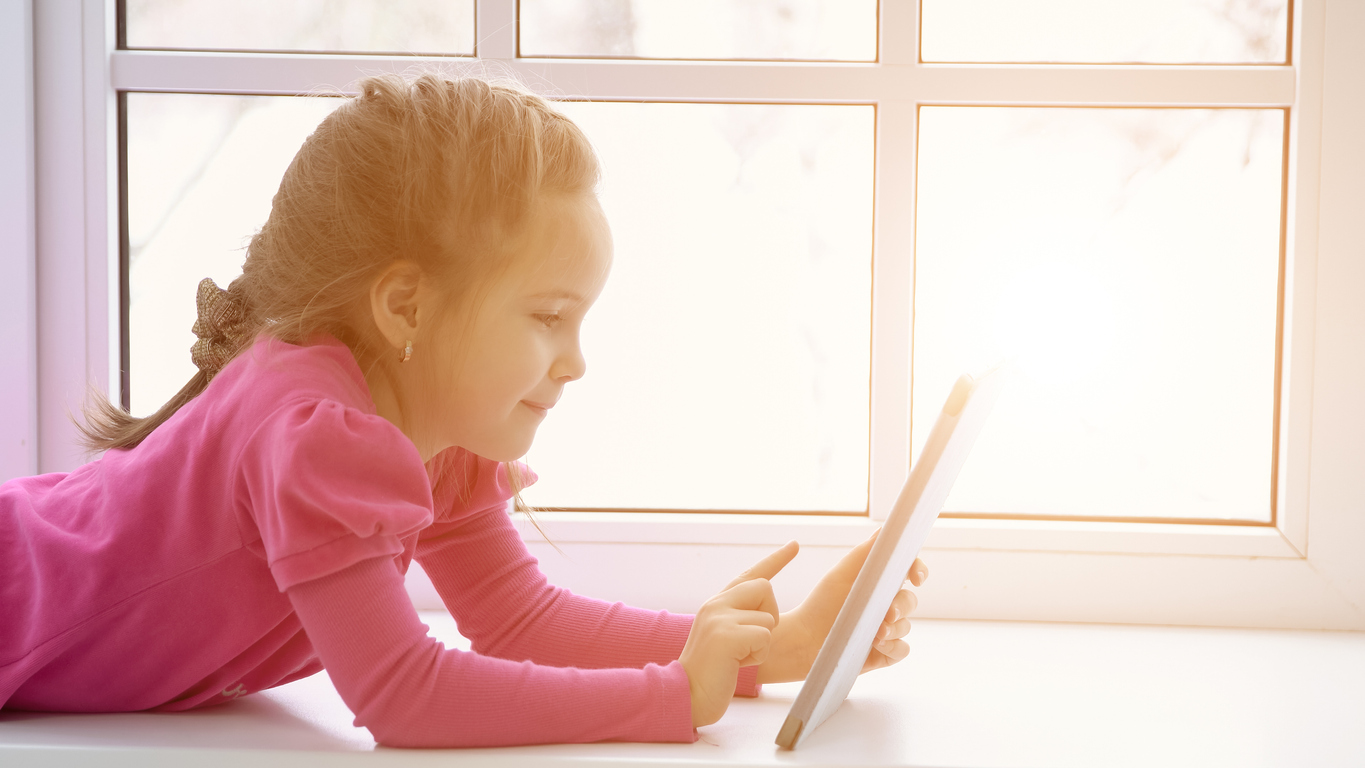The Changing Landscape of K-12
For many K-12 school systems the pressure to move classes entirely to distance learning formats in response to closures from COVID-19 or coronavirus will feel like taking a car from zero to 100 miles per hour in a hurry.
Questions and uncertainties abound: about hardware capabilities, how to get veteran teachers to adapt their lessons from in-person interactions to video, and how to measure participation and engagement so that systems can prove they’ve delivered the required number of instruction hours to ensure accreditation.
The data that Vyopta provides to users of distance learning platforms of all kinds can help IT departments and other K-12 administrators learn how well classes are being delivered – and if there are performance issues affecting lesson quality – as well as if classes are being attended for the entire duration.
Kamalina Czerniak, Vyopta’s senior manager of product marketing, said measuring class participation data and the quality of class sessions for the students are the two dominant issues for K-12 systems dealing with the growing pains of a rapid switch to distance learning.
“A lot of these institutions haven’t used a lot of meeting platforms on this scale before… there’s a couple of things that come along with that. One is making sure those platforms are adequately performing for them, that they’re working and the quality of the class delivery is good,” she said.
“On the other side, there’s also just the need for more statistics and insights into the capacity of classes that are going on. Are students actually attending these classes? How many are attending each class, and just gathering further details on how students are joining, and what methods they’re using to join?”
The Growing Opportunity to Explore Distance Learning
Providers such as Cisco and Zoom have taken steps to help teachers adapt to using online video platforms, with guides and best practices for converting their lessons to a new delivery format.
Systems can also get insights into managing the switch, with engagement data broken down by teacher, subject matter, grade levels and more to start analyzing what kinds of lessons and learning translate best to distance learning. Using those insights can help administrators give feedback to teachers on how to adapt their classes to increase student participation.
“We could take analytics on how science classes are being attended or engaged with versus, history classes or language or math. You need to be able to slice and dice to understand how their programs are performing,” Czerniak said. “We can help them kind of tag data to find all the best in meetings with relevant data to help us figure those things out.”
Another concern K-12 systems are likely to face is the rapid switch in the direction and structure of delivery. Whereas previously distance learning systems were designed to facilitate learning coming into a classroom via one hardware endpoint serving 30 students, the cancellation of in-person classes means classroom now becomes the starting point for lesson content that has to be delivered to students’ devices in their home.
Meeting New Challenges Head On
Kjierstin Layton, a global account manager for state level education data for Vyopta, said that kind of rapid restructuring makes it important to know early on if there are technical issues that impact the quality of a class session.
“Things like knowing that in a K-through-12 system that 10 out of your 15 teachers are not getting their classes started at the right time because they can’t seem to get the tools to work, that’s important to know week one, not eight weeks later,” she said.
“By then your students have missed out on the access of a resource that was available because there was a user issue identified, and if they could have identified sooner, we wouldn’t have had to worry about how to make up that time that was lost.”
As part of its response to the COVID-19 pandemic, Vyopta is currently offering a free trial to help IT teams support massive expansion in distance learning.
Chad Swiatecki is a business writer and journalist whose work has appeared in Rolling Stone, Billboard, New York Daily News, Austin Business Journal, Austin American-Statesman and many other print and online publications. He lives in Austin, Texas and is a graduate of Michigan State University. Find him online on LinkedIn.







